Key points:
- SpaceX has bounced back from four significant test failures with a spectacular Starship test flight that seemingly met every test objective.
- One key test was the "Pez Dispenser" deployment of eight Starlink V3 simulators, dummy payloads identical in size and weight to the upcoming Starlink V3 satellites.
- This test paves the way for SpaceX to begin deploying Starlink V3 satellites as part of the ongoing Starship development program.

SpaceX is celebrating today after a near-perfect Starship test flight last evening, including the first successful demonstration of the innovative "Pez Dispenser" satellite deployment system which will be used for Starlink V3 satellites.
Starship Flight 10 appears to have accomplished every test objective, including demonstrating key components and capabilities that are absolutely essential to the future evolution of SpaceX's Starlink satellite internet service.
After a year of stumbles and delays, what does this test signify for the future of Starlink?
When will the Starlink V3 satellites actually begin to launch?
We've got the latest...
Table of Contents
Starship Launch Video Story
Starship’s Very Bad Year
SpaceX's Starship (and its Super Heavy first stage booster) is the most powerful rocket ever built, and it is actually the largest flying object in human history.
And unlike other orbital rockets, it is intended to be rapidly and fully reusable.
If it manages to deliver on this vision, once fully operational, Starship will revolutionize the economics of spaceflight - launching more cargo for vastly less cost than ever before.
But SpaceX needs to prove it can work first...
Up until yesterday, SpaceX's Starship development program had been having an extremely bad year, with four "Rapid Unscheduled Disassembly" failures in a row:
- Flight 7 - January 16th - Though the booster was caught and recovered, Starship exploded spectacularly over the Caribbean before any key test milestones were achieved. We were there to witness the launch.
- Flight 8 - March 6th - The do-over eighth Starship test flight failed even earlier in its mission than the seventh.
- Flight 9 - May 27th - The ninth Starship flight reached space, but tumbled out of control. Both the booster and Starship failed essentially all of their mission objectives. (Our story)
- Pad Explosion - June 18th - The Starship intended for the tenth test flight catastrophically blew up during ground testing, severely damaging SpaceX’s ground facilities in the process.
The one thing all of these failures had in common was that they were of the second-generation (aka "Block 2") Starship design, a supposed significant improvement over the original design that conducted four successful test flights in 2024.
Was Block 2 a lemon?
With Block 3 already well under development, SpaceX decided to press on with Starship testing, aiming to use up the engines and Block 2 rockets it already had in the pipeline.
At the very least, SpaceX could hopefully learn a few things to improve future designs...
Starship Flight 10 - Redemption!
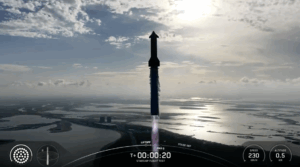
Yesterday's flight 10 seems to have hit every one of its key test goals:
- Soft Booster Landing - SpaceX has already demonstrated that it can catch and re-fly the gigantic Super Heavy booster. For flight ten, they didn't attempt to catch it again - but instead performed a sacrificial water landing test showing the booster could still land safely on target after an intentionally simulated engine failure.
- Stable Orbit - Starship didn't tumble and remained in control throughout its entire flight.
- Starship In-Orbit Engine Relight - Every Starship flight so far has been on a sub-orbital trajectory, so that even if Starship failed, it would come down harmlessly over a designated area in the Indian Ocean. To conduct actual orbital missions in the future, SpaceX needed to demonstrate that it could execute a controlled de-orbit burn. They succeeded.
- "Open The Pod Bay Doors" - After an embarrassing failure last time, SpaceX was able to open and close the Starship cargo hatch this time around.
- Pez Dispenser Demonstration - SpaceX deployed eight dummy payloads the size and weight of Starlink V3 satellites, mechanically spitting them out of the cargo hatch.
- Heat Shield Tests & Landing Burn - Starship (mostly) survived re-entry, and Starship was able to maneuver and relight its engines to manage a soft landing next to a target buoy in the Indian Ocean. This test gathered a ton of heat shield data, and paves the way for Starship to return to its launch pad and be caught. This is a first step towards developing a rapidly reusable heat shield.
- Starlink Data Connectivity - Throughout the entire mission (including during the searing heat of re-entry), SpaceX maintained live HD video and data streams using four Starlink terminals on the Starship.
Now that the "Pez Dispenser" satellite deployment system and engine re-light capability have been demonstrated, it is technically feasible for SpaceX to begin launching Starlink V3 satellites on future Starship flights.

With the satellite deployment capability functional, SpaceX will be able to take advantage of Starship for a ride to orbit even while the re-entry and landing capabilities are still undergoing development and experimentation.
One thing that SpaceX excels at is rapid iteration - and there are many more changes in the pipeline.
SpaceX has one more already built Starship Block 2 left to launch, and will almost certainly use it for a Flight 11 test in the next month or two.
And then there will be a pause for a while - until the Starship Block 3 design is ready to debut late this year or early in 2026.
Starship Block 3 will serve as a testbed for heat shield development, working towards full reusability; however, we suspect it will be ready for Starlink V3 deployments almost from the start.
It only makes sense for SpaceX to take advantage of every test launch to also work towards building out the next-generation Starlink constellation.
Starlink V3 - An “Insane” Upgrade
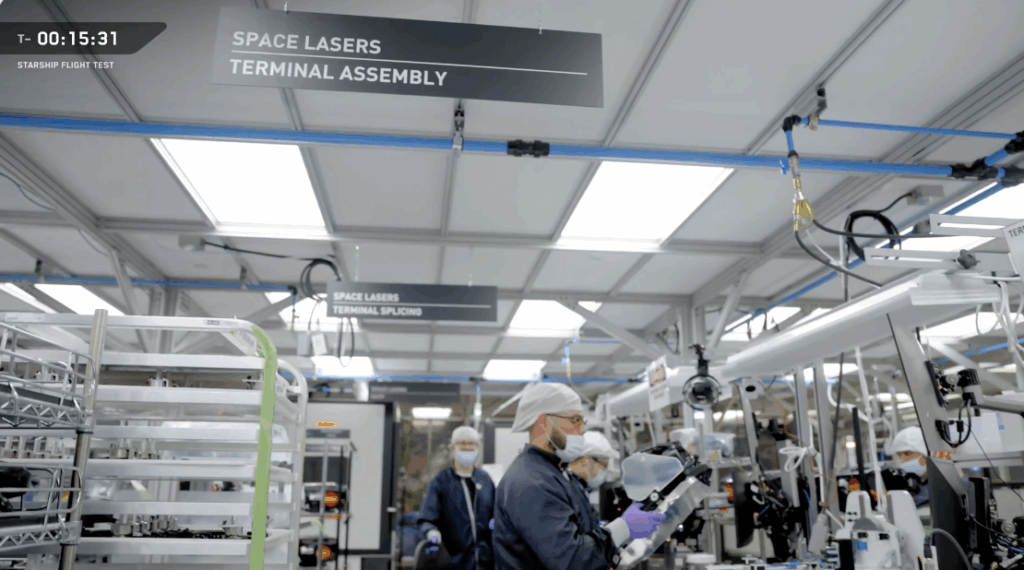
As a reminder, here are the known details of the Starlink V3 satellite's capabilities, compared to the current Starlink satellites.
The V3 satellites are physically larger (approximately 1900 kg vs. 575 kg), and thus have more solar and computing power available.
Comparing the individual V3 satellites with the V2 Mini, SpaceX has stated that each V3 Starlink satellite will have a total user downlink capacity of 1 Tbps and an uplink capacity of 160 Gbps.
Compared to the current V2 Mini, which was already a 4x upgrade over the first generation of Starlink satellites:
- Total User Downlink Bandwidth: 1 Tbps vs 96 Gbps
- Total User Uplink Bandwidth: 160 Gbps vs 6.7 Gbps
- Ground Station & Laser Interconnect Bandwidth: 4 Tbps vs 1.3 Tbps
Overall, this is 10x the downlink and 24x the uplink capacity of the V2 Mini Starlink satellites.
And since each Starship launch can carry up to sixty V3 satellites, every launch will put 20 times the bandwidth into orbit that a single Falcon 9 mission does.
And once Starship is fully reusable, a Starship launch should actually cost LESS than a Falcon 9.
The economics of Starship and the Starlink V3 satellites are the key to Starlink’s long-term evolution - and SpaceX has taken a major positive step in that direction.
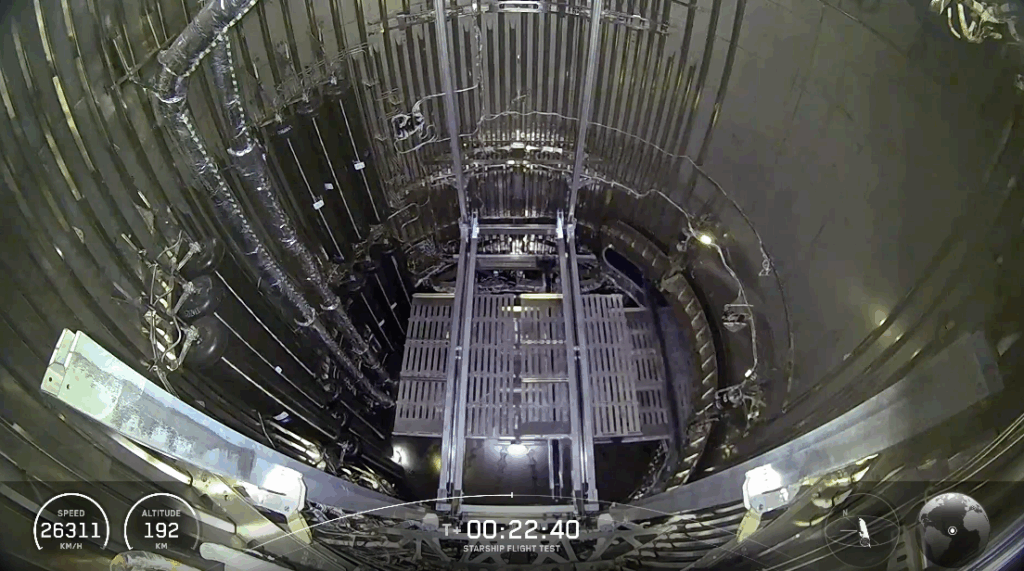
Concluding Thoughts
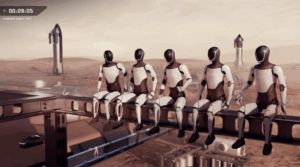
SpaceX operates on a “failure is an option” development cycle, iterating rapidly to learn from and move past discovered issues.
And after four major failures in a row, it looks like SpaceX is back on track.
At the very least - it seems that Starship will be able to begin operational missions in the not too distant future, even if recovery and reusability of the upper stage remains an engineering work-in-progress for a while yet still.
The future looks promising, and the continued development work is indeed exciting to watch!
Learn More:
Starlink's Referral FAQ.
Use our referral link when purchasing equipment from Starlink.com and activating a consumer Residential or Roam Unlimited data plan - and get a FREE month of service!
And so will someone on our team, which helps us keep our multiple lines of service active for continued testing.
It's a win-win - you save money and help support MIRC!
Further Reading
- Starlink Satellite Internet For Mobile RV And Boat Use - Our featured guide focused on taking advantage of SpaceX's Starlink on the go.
- Mobile Satellite Internet Options -
 Our featured guide on all the current and future satellite internet options of interest to RVers and cruisers.
Our featured guide on all the current and future satellite internet options of interest to RVers and cruisers. - All our our Satellite Internet Resources - Our collection of guides, gear center entries and news coverage on satellite internet.
- Industry Update: 2025 Satellite Mobile Internet Update: Starlink, Kuiper, Direct To Cellular, and More! - Our deep dive into the state of the satellite internet world.
And here is all of our recent satellite internet coverage:







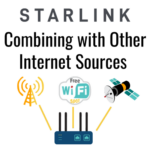

 Mobile Internet Resource Center (dba Two Steps Beyond LLC) is founded by Chris & Cherie of
Mobile Internet Resource Center (dba Two Steps Beyond LLC) is founded by Chris & Cherie of